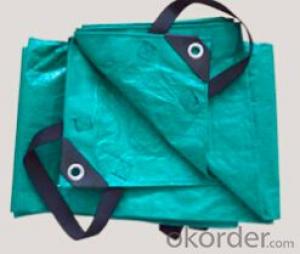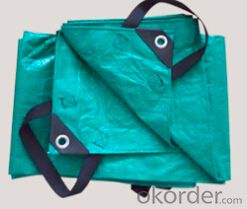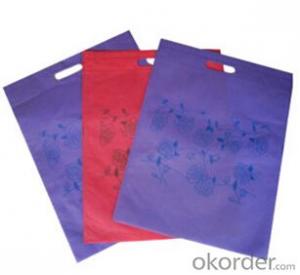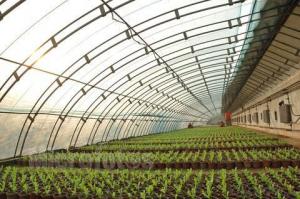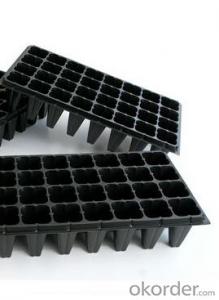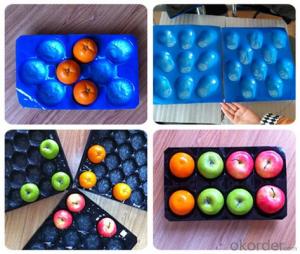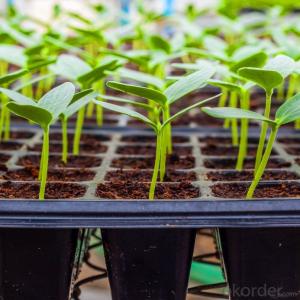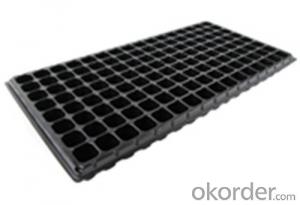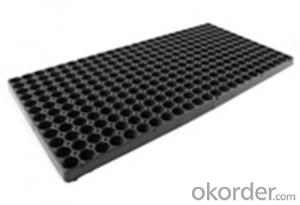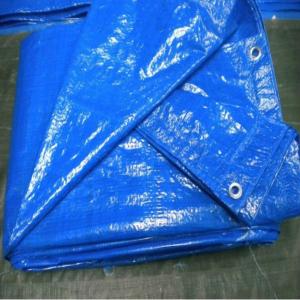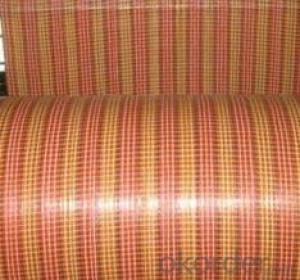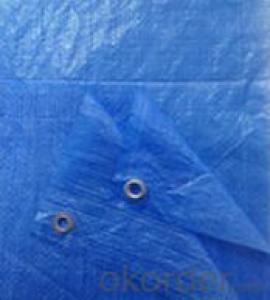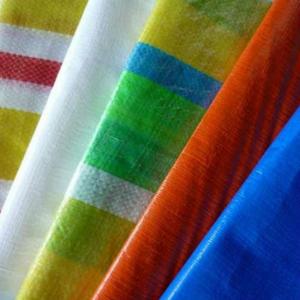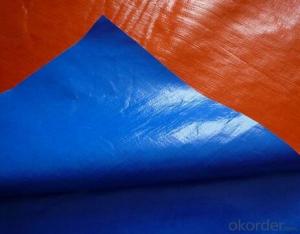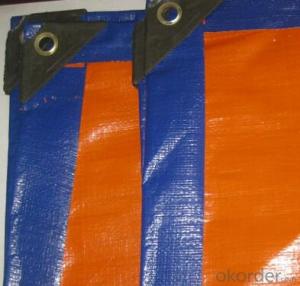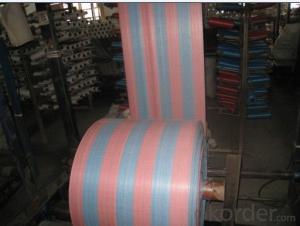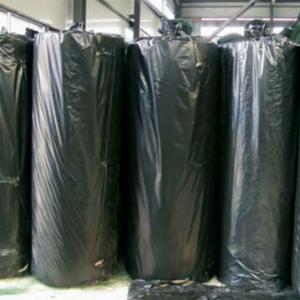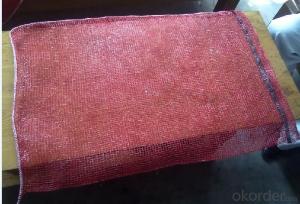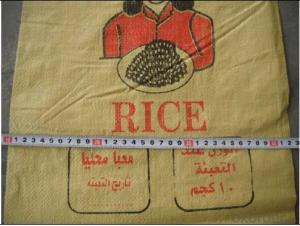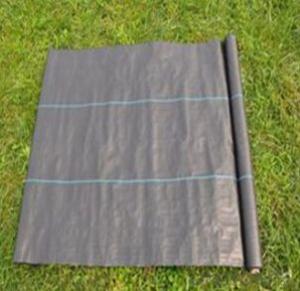PE tarpaulin bag
OKorder Service Pledge
OKorder Financial Service
You Might Also Like
Features and Advantages:
a. Waterproof and weather reistant
b. High tensile strength, tear strength
c. Effiicient use ang washable
d. Improved stability
e. Environment - friendly packing
f. any color is available according to customers' request.
Applications:
a. Collecting light materials.(leaves,cuttings, lawnthatch and weeds etc)
b. Used collecting waste paper, recycling and laundry.
c. Used for storing small quantities of heavier materials.
d. It can be endless used around the home , garden and workplace.
Detailed Description:
Product:PE Tarpaulin Bags
Material:PE /PP
Pattern: Coated
Coated Type :LDPE Coated
Density:50gsm~280gsm
size:any size available
Color :Green(according to customers’ requirements)
- Q: i want to become a plastic surgeon !! i am currently in year 11 and i am staying on in sixth form and taking biology, chemistry and physics oh and also DT !! but past thi i dont know how to become a plastic surgeon ??? any help ???i guess haveto go to uni then medical school ???
- becoming a plastic surgeon is a great idea. However, when you are in High School, only thing you can do to help yourself become a plastic surgeon is focus on your sciences. i.e Biology, physics, chemistry. You would definately have to goto university to become a plastic surgeon. you would have to do an undergrad degree in science which could take as little as 3 years, then you got to apply yourself into plastic surgeon feild which I believe is another 2-4 years. All together, after highschool, you got yourself another 7 years ahead of you (which is really not that long, times flies.) You will end up a plastic surgeon if you work really hard by the time you are 25.
- Q: This question asks about the methods used by farmers to handle and dispose of old seedling nursery bags that are made from agricultural plastic films.
- <p>Farmers typically dispose of old seedling nursery bags made of agricultural plastic films through recycling, composting, or disposal in designated waste facilities. Recycling is a common practice where the plastic is collected and processed into new products. Composting is less common for these materials due to their non-biodegradable nature, but some farmers may use them as a soil cover in certain conditions. Proper disposal involves collecting the bags and taking them to facilities that handle agricultural waste, ensuring they do not contribute to environmental pollution. It's important for farmers to follow local regulations regarding the disposal of agricultural plastics to minimize environmental impact.</p>
- Q: What precautions should be taken when dealing with plastic products used in agriculture?
- <p>When handling agricultural plastic products, safety measures include wearing protective gloves and clothing to prevent skin contact and irritation. Ensure proper ventilation to avoid inhaling fumes from heated plastics. Store plastics away from direct sunlight and heat sources to prevent degradation. Dispose of used plastics responsibly to minimize environmental impact. Regularly inspect equipment for wear and tear to prevent accidents. Educate workers on the correct handling and disposal of agricultural plastics to maintain safety and environmental standards.</p>
- Q: How do you establish ground cover in an existing garden?
- To establish ground cover in an existing garden, there are a few steps you can follow. First, clear the area of any weeds or unwanted vegetation. Next, prepare the soil by loosening it with a garden fork or tiller and removing any large rocks or debris. Then, choose a suitable ground cover plant that thrives in your climate and meets your aesthetic preferences. Dig holes or prepare patches for planting the ground cover, ensuring they are spaced appropriately. Place the ground cover plants into the prepared areas, making sure to follow the recommended planting depth and spacing guidelines. Finally, water the newly planted ground cover thoroughly and regularly, especially during the initial establishment period.
- Q: Can agricultural plastic be used for horticultural grafting?
- Yes, agricultural plastic can be used for horticultural grafting. Agricultural plastic materials, such as grafting clips or grafting tapes, can be used to secure the graft union in horticultural grafting. These plastic materials provide support and protection to the grafted plants, ensuring a successful grafting process and promoting their growth.
- Q: Lachy called me plastic,i dont know what he means though:#92;
- Plastic means people are calling you fake, like you have implants and get plastic surgery dont worry it is just what jealous people call you when they know there not as attractive as you are
- Q: The user is asking if it's possible to implement water-saving irrigation techniques using agricultural plastic pipes.
- <p>Yes, you can use water-saving irrigation methods with agricultural plastic pipes. Drip irrigation, micro-sprinklers, and low-pressure sprinklers are common water-saving techniques that can be effectively implemented using plastic pipes. These methods deliver water directly to the plant roots, reducing evaporation and runoff. Ensure the pipes are properly sized and laid out to optimize water distribution, and consider using timers or moisture sensors for precise watering schedules.</p>
- Q: Can ground cover be used to prevent erosion on slopes?
- Yes, ground cover can be used to prevent erosion on slopes. Ground cover plants, such as grasses, shrubs, or low-growing perennials, help to stabilize the soil by establishing a dense network of roots that hold the soil in place and reduce the impact of water runoff. The roots of ground cover plants also help to absorb excess water, which further prevents erosion. By providing a protective layer on the surface of the slope, ground cover plants can effectively mitigate erosion and promote soil conservation.
- Q: Are nursery trays suitable for starting shrub transplants?
- Yes, nursery trays are suitable for starting shrub transplants. Nursery trays provide a controlled and protected environment for the young shrub transplants, promoting their growth and development. They also allow for easy handling, organization, and transportation of the transplants.
- Q: Are there any ongoing research projects on agricultural plastic products?
- Yes, there are several ongoing research projects on agricultural plastic products. These projects focus on developing more sustainable and eco-friendly alternatives to traditional plastic products used in agriculture. Researchers are exploring various methods to reduce plastic waste, improve recycling processes, and develop biodegradable materials that can replace conventional plastics in agricultural applications. Additionally, studies are being conducted to assess the environmental impact of agricultural plastics and find ways to minimize their negative effects.
Send your message to us
PE tarpaulin bag
OKorder Service Pledge
OKorder Financial Service
Similar products
Hot products
Hot Searches
Related keywords
